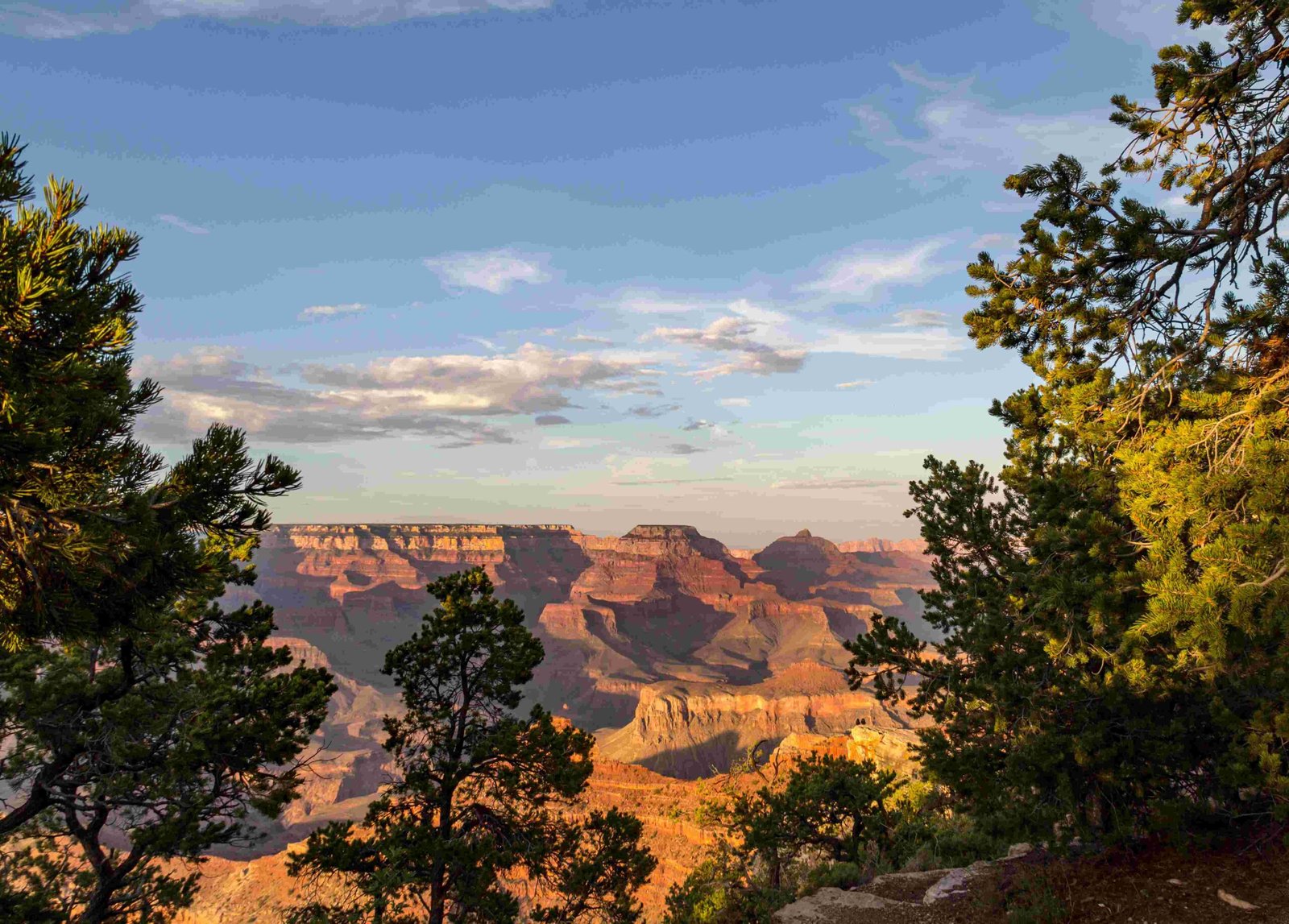The Grand Canyon represents far more than a geological wonder for Native American tribes—it is a living spiritual landscape embedded with complex creation stories, sacred rituals, and ancestral memories. For generations, tribes like the Hualapai, Navajo, Havasupai, and Hopi have viewed this magnificent terrain as a profound spiritual realm where divine forces shaped the earth, where emergence stories unfolded, and where the boundaries between physical and spiritual worlds intersect.
What Sacred Stories Explain the Grand Canyon’s Origin?

Hualapai Creation Narrative
The Hualapai tribe’s creation myth describes a heroic figure who used a massive knife and club to carve the canyon’s channels during a great flood. Their legend suggests:
- A brave hero strategically redirected floodwaters
- The sun baked the ground, creating the canyon’s distinctive landscape
- Divine intervention shaped the terrain
Navajo Flood Transformation
Navajo mythology presents a unique perspective on the canyon’s formation:
| Mythological Element | Description |
|---|---|
| Flood Event | Catastrophic water event nearly destroying ancestors |
| Survival Strategy | Transformation into fish to survive underwater |
| Landscape Creation | Receding waters sculpted the canyon’s distinctive features |
Havasupai Divine Conflict
The Havasupai legend involves a dramatic conflict between two powerful gods:
- Tochopa: A protective deity
- Hokotama: A destructive force causing massive flooding
- Pukeheh: The daughter saved in a hollowed tree who repopulated the earth
Hopi Supernatural Architects
Hopi mythology credits two divine brothers with the canyon’s creation:
- Pokanghoya
- Polongahoya
These supernatural beings used:
– Lightning bolts
– Mud piles
– Supernatural powers to shape the landscape
What Makes the Grand Canyon Spiritually Significant?

Sipapu: Portal of Emergence
For the Hopi, Sipapu represents more than a geological feature—it’s a sacred portal of cosmic significance:
- Location near the Little Colorado River
- Believed to be the precise point of human emergence
- Symbolizes transformation from primordial to human form
Ritual Connections to the Landscape
Annual Pilgrimages
Native tribes conducted structured pilgrimages to:
– Gather sacred materials
– Perform traditional ceremonies
– Maintain spiritual connections with ancestral lands
Ceremonial Practices
Tribes developed intricate ceremonies that:
– Retell creation stories
– Honor spiritual entities
– Maintain cultural continuity
How Do Native Americans Preserve Their Grand Canyon Traditions?
Cultural Protection Strategies
Native American tribes employ sophisticated methods to preserve their spiritual heritage:
- Limiting external access to sacred sites
- Maintaining oral tradition transmission
- Restricting detailed explanations of sacred rituals
Contemporary Significance
Modern Native American communities continue to:
– Protect sacred landscapes
– Educate younger generations
– Advocate for cultural preservation
Spiritual Landscape Interpretation
The Grand Canyon transcends a mere geological formation for Native American tribes. It represents a dynamic, living entity carrying millennia of spiritual narratives, divine interactions, and cultural memories.
Key Spiritual Principles
- Landscape as a living entity
- Divine intervention in natural processes
- Continuous spiritual connection
Reference:
– Indian Legends about the Grand Canyon
– Grand Canyon Lore: Myths Surrounding the Grand Canyon
– Grand Canyon Legend, Havasupai Indians
